-

-
Ting Fong May Chui
徐婷芳Associate Professor
Department of Civil Engineering
The University of Hong Kong -


Associate Professor
Department of Civil Engineering
The University of Hong Kong

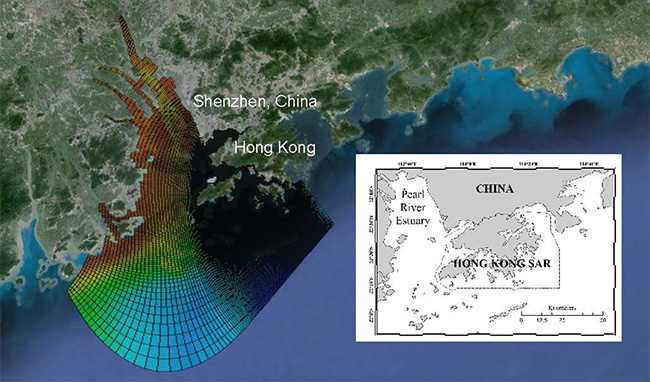
|
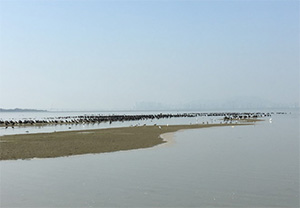
|
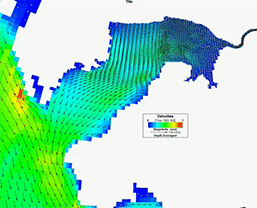
|
Land
has been reclaimed to meet the increasing demand for land in coastal
regions. However, land reclamation threatens the estuarine hydrodynamic
and ecological environment. Mai Po Tidal Marsh in Deep Bay, Pearl River
Estuary, China, is used as a case study to evaluate the impacts of land
reclamation. Numerical simulation results suggest that reclamation can
have substantial impacts. The residual flow regime, estuarine
circulation pattern and tidal energy transport of the bay are altered.
The induced hydrodynamics changes also affect the temporal dynamics of
benthic infauna biomass at the tidal marsh.
|
|
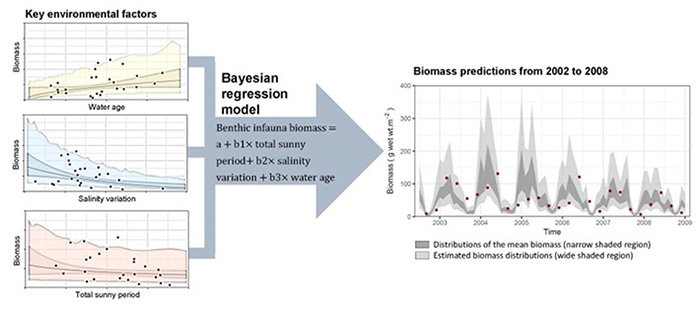 Yang, Y., & Chui, T. F. M. (2018). Combined ecohydrological effects of wind regime change and land reclamation on a tidal marsh in semi-enclosed bay. Ecological Engineering, 124, 123-134. Yang, Y., Chui. T. F. M., Shen, P. P., Yang, Y., & Gu, J. D. (2018). Modeling the temporal dynamics of intertidal benthic infauna biomass with environmental factors: Impact assessment of land reclamation. Science of the Total Environment, 618, 439-450. Yang, Y., & Chui. T. F. M. (2017). Aquatic environmental changes and ecological implications from the combined effects of sea-level rise and land reclamation in Deep Bay, Pearl River Estuary, China. Ecological Engineering, 108, 30-39. Yang, Y., & Chui. T. F. M. (2017). Hydrodynamic and transport responses to land reclamation in different areas of semi-enclosed subtropical bay. Continental Shelf Research, 143, 54-66. Yang, Y., & Chui. T. F. M. (2016). Potential causes of salinity trend in seawater overlaying a mudflat inside a semi-enclosed bay. Wetlands, 36(5), 831-840. |
Mangroves are found in the intertidal areas of tropical and subtropical regions and are of high ecological value. They are often threatened by aquaculture development and urbanization. However, even in nature reserves with minimal direct human intervention, the growth of mangroves still fluctuates over time. This project examines the potential correlations between mangrove growth and macroclimatic drivers (e.g., precipitation and temperature) and the presence of invasive species in Southern China.
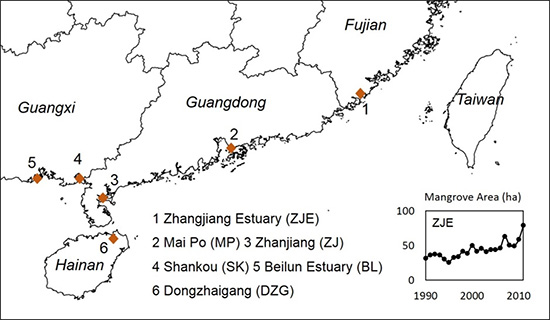
|
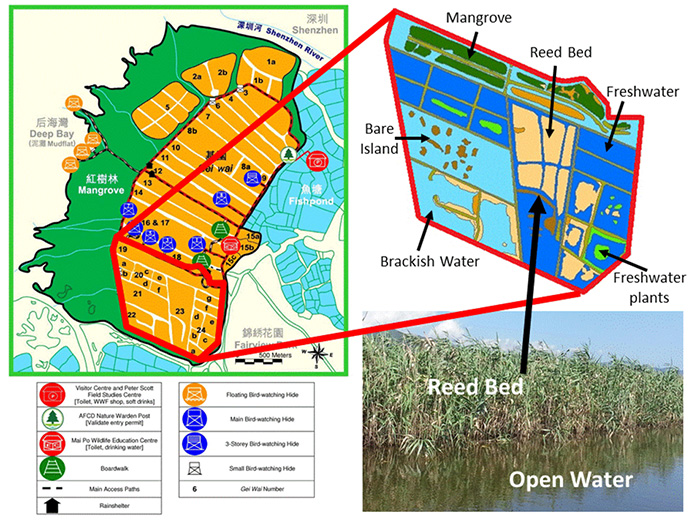
The first part of this project evaluates the subsurface lateral water and heat fluxes within a heterogeneous surface of a subtropical wetland. This has been neglected in most previous studies. An eddy covariance tower together with an array of temperature and water level sensors were set up in the Mai Po Nature Reserve. The subsurface lateral heat fluxes were determined to be not the main reason behind the study site’s energy imbalance. An improved understanding of subsurface fluxes should lead to further insights into the biochemical processes of wetlands. The project will be extended to assess the energy balance over a heterogeneous surface in a high-density urban area, considering the influence of the canyon aspect ratio. It will also be extended to measure temporal and spatial variations in the energy balance with different land covers and to investigate potential bio-physiological explanations for energy imbalance based on the FLUXNET database.
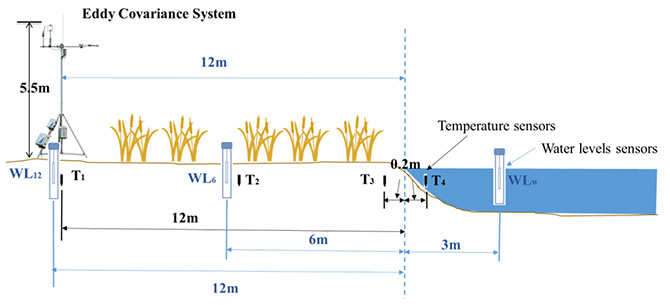
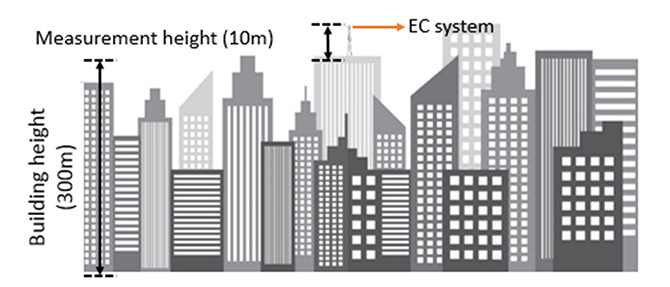
Cui, W., & Chui. T. F. M. (2017). Subsurface lateral heat flux within the heterogeneous surface of a subtropical wetland and its potential contribution to energy imbalance. Journal of Hydrometeorology, 18(12), 3125-3144.
Copyright © 2018 - All Rights Reserved
Updated in January 2019